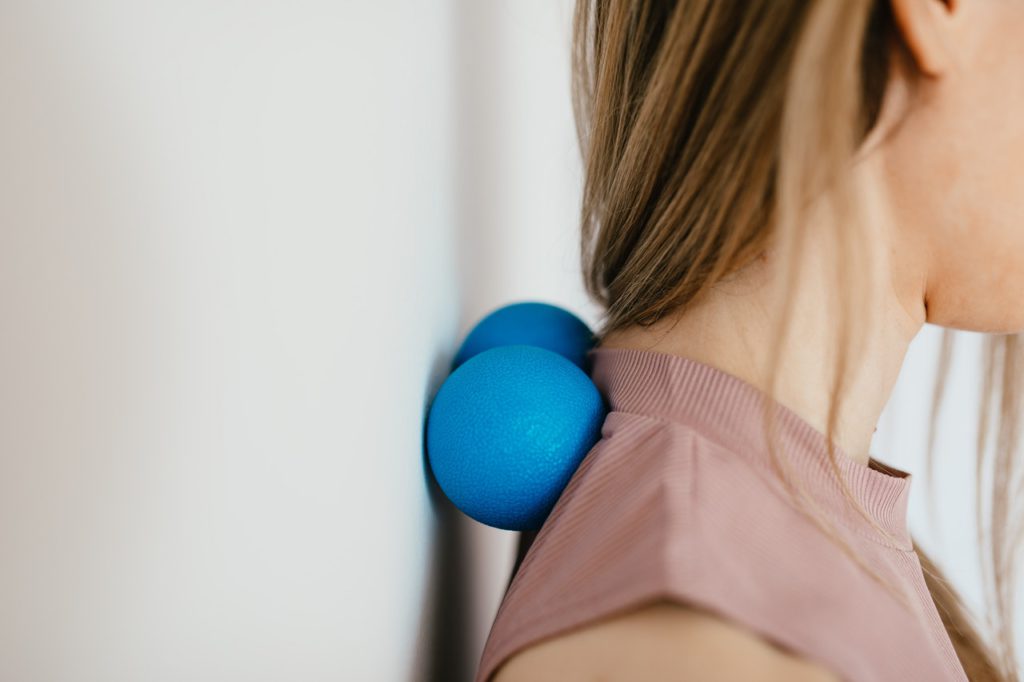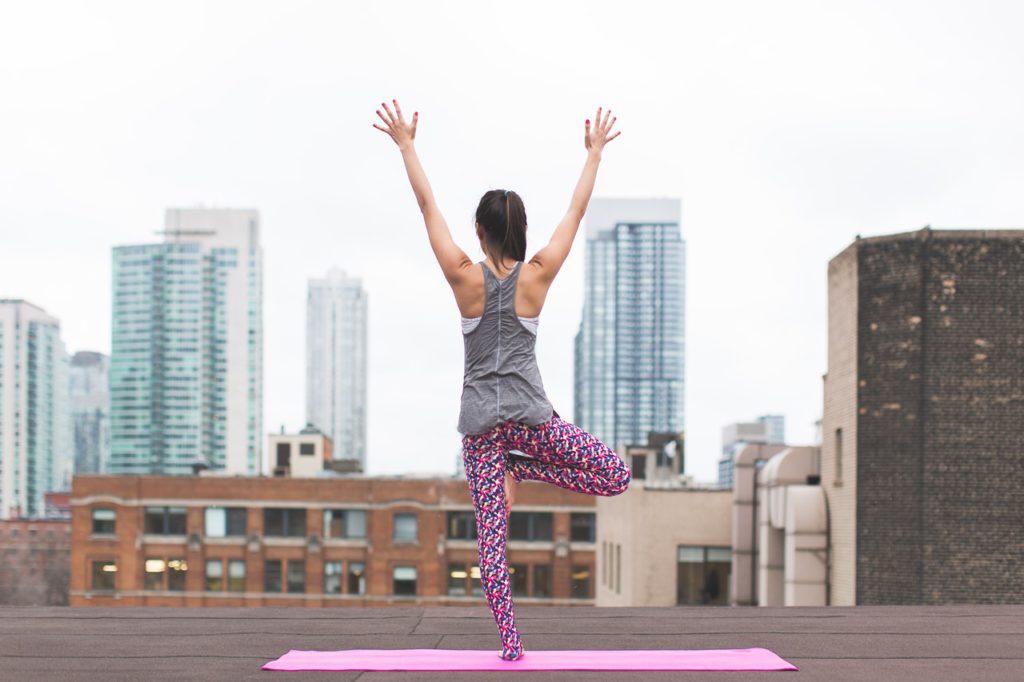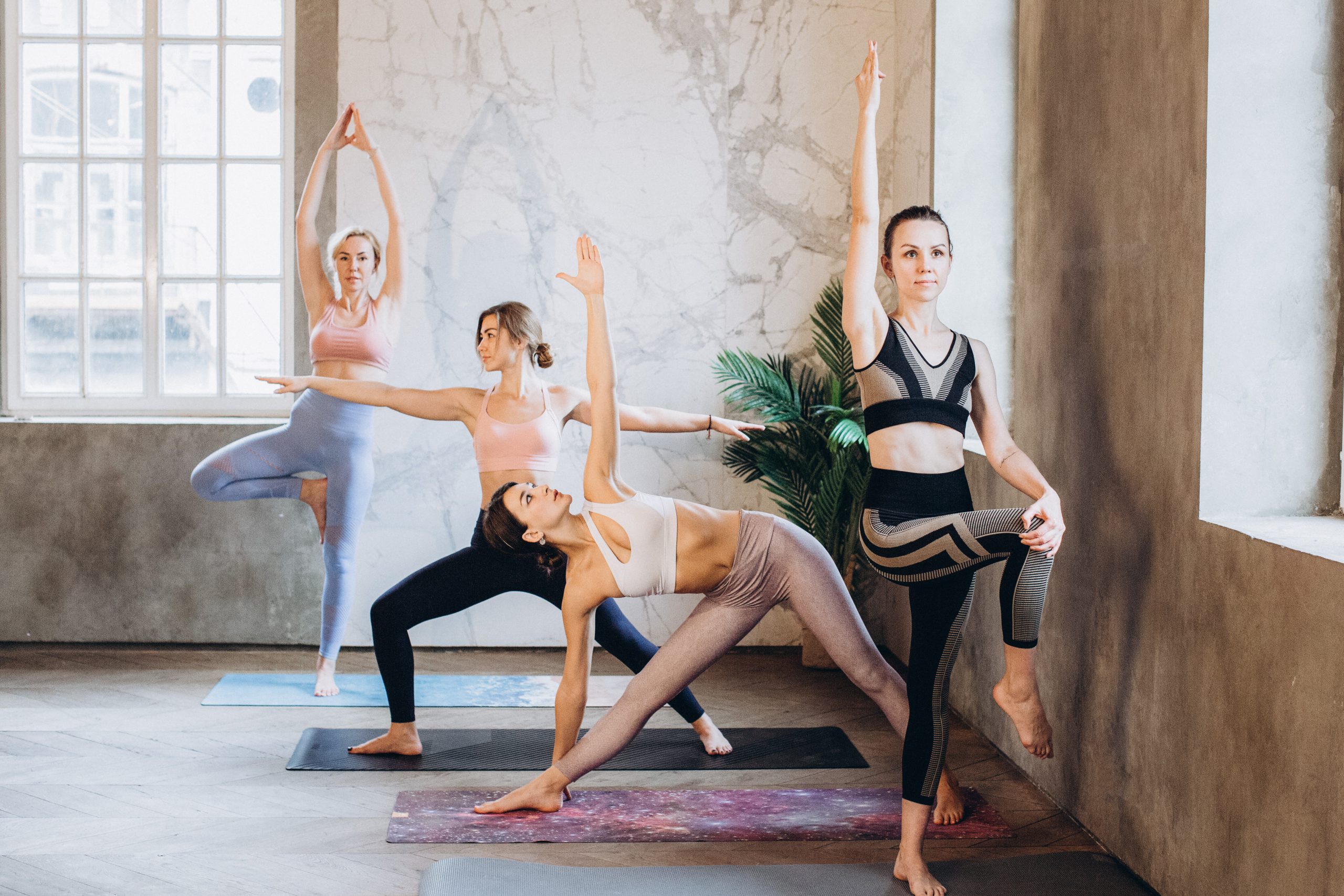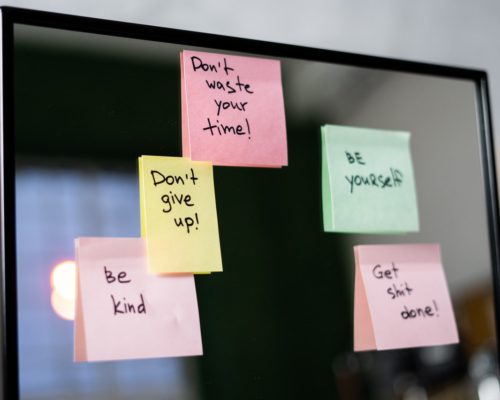Simple lifestyle changes to even out the stress and relieve neck pain

Most of us have referred to a person or a task as a “pain in the neck” at some point or another (at least I have), usually with a lighthearted jest or playful dismay. When referring to a literal pain in the neck, though, it’s rarely as lighthearted or playful as its idiom counterpart. Neck pain certainly makes its presence known and is a surefire way to rain on everyone’s parade (alright, I’ll cool it on the idioms). Most of the time, the symptoms flare up on one side, more commonly the right side. This is natural as the body naturally has a more dominant side, leading to more usage on one side. It certainly does not help that our society has designed systems primarily for use on the right side. One of the major reasons that neck pain is so prevalent has to do with the multitude of factors that can potentially cause it. We will be highlighting some of these factors and show how a few simple changes to one’s lifestyle can relieve neck pain. What’s more, these tips can serve as great preventative measures to take for those not currently suffering from neck pain. When it comes to our health and well-being, we highly encourage people to adopt an attitude of proactive healthcare, as opposed to reactive healthcare. Taking steps to preserve one’s health and prevent health conditions from developing is often easier than remedying an existing condition.

Good Posture
The importance of good posture is quite understated in most circles. Certainly, the majority of us don’t wish to resemble the Hunchback of Notre Dame, but there are so many other motivating factors that can incentivize us. Our skeletal system is what allows us to remain propped up for the majority of our days. When we engage in poor posture, our spinal health – one of the key players in our skeletal system – suffers. Many common chronic pain conditions, including neck, shoulder, and back pain, can develop as the result of consistently poor posture. There are many elements in our day-to-day lifestyles that can be tweaked to promote spinal health and therefore, ward off neck pain. Below are a few postural lifestyle changes that your spine will thank you for:
- Create an ergonomic workspace: as most working adults will spend a third of their days stationed at office desks, creating an ergonomic workspace is vital to our posture. This may entail investing in an ergonomic office chair or a standing desk. It can also be as simple as keeping your head and neck in a neutral position while you work, or bringing your computer to eye level so that you don’t have to strain your neck in order to read off the monitor. Whether you stand or sit while you work, bring attention to which side your weight naturally falls on and switch it up throughout the day.

- Smartphone behavior: in the age of technology, it’s rare to find someone who isn’t glued to their smartphone throughout their day. However, smartphone behavior can have long-term impacts on your spinal health. Most people will opt not to hold their phone at eye level, and instead form the habit of holding their phones closer to their chests or laps, causing us to crane our necks down for long periods of time; this behavior that has been coined as “text neck.” According to Dr. Andrew Bang, when we hold our heads in a neutral position (with the head in line with the shoulders), our heads only weigh about 10 pounds. However, “for each inch that our head tilts forward, the amount of weight it places on your spine nearly doubles.” This places an overwhelming amount of pressure on our necks. This postural mistake often lead to chronic neck and back pain, and bears the possibility of developing irreparable damage to our spines. Being mindful of our head positions when we use our smartphones or similar devices can prevent such damage from occurring. As weird as it may look, try holding your device at or near eye level whenever you can. Alternatively, limiting smartphone time may be beneficial as well. Breaking smartphone habits and creating new ones can make a world of difference once the pressure is lifted from your neck!

Regular Exercise and Stretching
This one’s a no-brainer! Leading a sedentary lifestyle will not do your spine much good. If you’re not one to be enthused by exercise and fitness, you don’t need to get intense and sweaty. Merely practicing back and neck stretches can provide similar spinal health benefits. Not only can exercise greatly improve your posture, but it can also help alleviate any pain you may be feeling in your neck, shoulders, and back. Here are a few great stretches and poses that specifically target neck pain:
- Ear-to-Shoulder Pose
- Cat-Cow Pose
- Chin Tucks
- Neck Retractions & Rotations
- Shoulder shrugs
When engaging in any of these stretches, the importance of doing both sides for the same length of time cannot be overstated. For a more in-depth post on neck stretches and exercises, check out this article, where we walk through a multitude of yoga poses designed to alleviate neck and shoulder pain!

Sleep Setup
Just as many of us spend a third of our days sitting at a desk, we also spend an average of 8 hours in bed. This makes our sleep environment crucial in the preservation of our spinal health. I personally have the tendency to sleep in about every awkward position possible, and I’m sure many others share in this sleep behavior. According to virtually all medical professionals, our sleep positions shouldn’t resemble that of a contortionist’s performance routine. Below are a few of the most sleep environment factors to consider:
- Healthy sleep positions: according to Harvard Health Publishing, the two optimal sleeping positions include sleeping on your side or on your back. Either of these will be much kinder to your neck than positions that force your neck to crane or twist in a direction that opposes the rest of your body.
- Pillow selections: most of us have established pillow preferences including firm vs. fluffy, material, and thickness. The good news is that you can still be picky while finding a pillow that will properly support your neck and posture. Feather pillows are recommended as they bear a malleable quality and can conform to the curvature of your neck and the shape of your head. Memory foam pillows can also achieve an individualized conformity. Side sleepers should also consider getting a pillow that is propped higher under the neck than it is under the head; this will allow your spine to remain straight throughout the night. It’s also important to replace your pillow every year or two (pillow lifespans primarily hinge on the material type). Even the right pillow will not be beneficial once it has given out and can no longer provide proper support.
- The right mattress: we realize that mattresses can be very expensive, but they can also be an incredible long-term investment for your spinal health. Firm and semi-firm mattresses are most recommended due to the reliable support that they can lend to our spines. However, it’s important to find a firm mattress that can still offer comfortability, as some firm mattresses may be too hard on the spine.
- Relax: introducing a relaxing practice to your bedtime routine can relieve your body and muscles of any tension it has been carrying throughout the day. Certain techniques like meditation, breath work, and targeted stretches can also induce pain relief and allow your body to rest without interruptions or discomfort. For more tips regarding sleep health and bedtime relaxation techniques, check out this post!

Implementing all or even a few of these lifestyle changes can make a substantial impact on your spinal health. Factors like posture, exercise, and sleep & work environments can serve as preventative measures, but are also recommended for those currently suffering from neck pain or stiffness.
For more on a healthy neck, we recommend checking out MixPose’s targeted class schedule or trying a personalized session with one of our instructors! Our skilled instructors teach a variety of yoga classes, many of which target common physical injuries and conditions like neck & shoulder pain, knee pain, and back pain. We hope that our resources are able to bring you the relief and zen you deserve!


